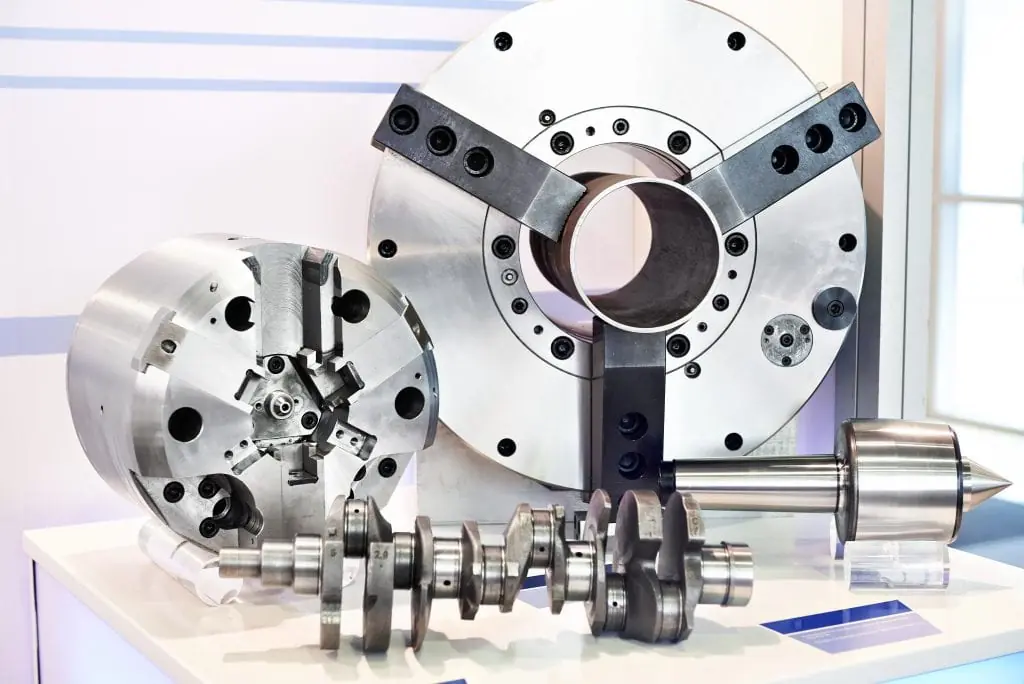CNC Milling is best for making holes, pockets, and in general different prototype parts. It has other uses as well, but today we’re not discussing that. Today, we will talk about CNC Milling and its history; along with that, we’ll get to know the types and process of CNC Milling too. So, if you find this information relevant for you then, keep on reading guys!
The history of CNC milling:
While most of you may think CNC milling is a modern technique that came into existence because of technology, but in reality, its history points back to the industrial revolution of the 19th century.
The demand for manufacturing was high during this period, and so was the demand for labor and children were also a part of this workforce. However, the 1833 Factory Act brought standard rates for the workers and put an end to child labor hours.
Now, this led to manufacturers looking for other ways to manufacture, which required less human input in the production process.
At the early stage, there were many significant errors by the machinists to fully set up this method, but by the end of the 1940s, the idea of a completely automatic numerically controlled machine system(CNC) was established.
Initially punched tape system was used in the CNC process but as time went by more and more technological advancements took place, and the CNC manufacturing also kept on improving.
What is CNC Milling?
CNC milling involves the production of parts or any designed component with the help of a computer and rotary spindle that cuts the material into the precise shape of the design. Hence, transforming a raw piece of metal or plastic into a useful part of any equipment, prototypes, or other products.
The process of CNC Milling:
The process of CNC Milling involves the use of a cutting tool at a high speed which enables the machine to remove the unwanted area from the raw material so that the programmed design can be achieved. This cutting tool moves in a rotary position at the different axis, which enhances its ability and flexibility to create holes, slots, and shapes.
Before the raw material is carved out into the desired product, a CAD program is developed of that product’s design and then, it is programmed in the computer for production.
How many types of CNC Milling is available?
There are four main types of CNC Milling mentioned below and discussed in detail for your better understanding.
1. Plain Milling:
Plain Milling is the type of CNC Milling which involves the use of a rotary tool placed in a parallel position to the raw material. Normally, this type of CNC Milling is used to create a flat surface.
2. Face Milling:
Face Milling utilizes the rotary axis in a perpendicular position to the raw material. Plus, the tool used in this kind of CNC Milling has more teeth than the plain or slab milling process.
3. Form Milling:
This form of CNC Milling is used in the production of those parts which do not have any flat surface in their design. Plus, this type of milling uses several different tools for production depending on the curves and holes needed in the design.
4. Angular Milling:
Last but not least, Angular Milling is used for providing a midpoint between the two above mentioned types of milling: Face and Plain Milling. The rotary axis in this type of milling is placed on a certain angle above the raw material.
First Part’s CNC Milling services:
First Part offers services like CNC Milling and CNC Turning. Their services can be availed to get jigs, fixtures, complex parts, surface finishes, and 3D components manufactured within 24 hours. Moreover, First Part has two kinds of axis for CNC Milling that includes 3 and 5 axis CNC Milling.
Conclusion:
CNC Milling is one of the most industry-famous production methods for prototypes and important end product parts. This article provides you an insight into what CNC milling is? Its process and types of CNC Milling are used to manufacture different kinds of products. Hopefully, this information will turn out to be useful for you.










